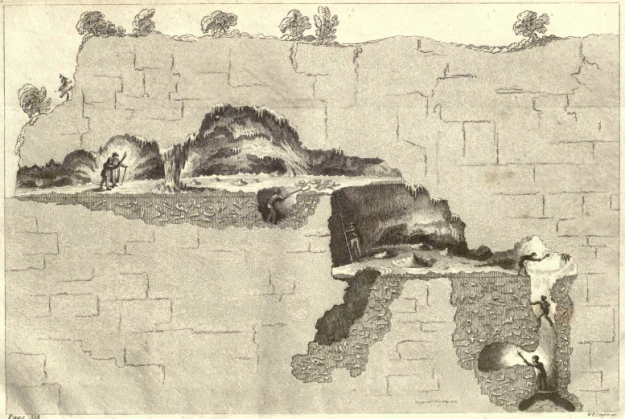I’m currently reading through Georges Cuvier’s 1813 Essay on the Theory of the Earth and I love these plates from Robert Jameson, who also wrote the prefaces to the third and fourth English editions of the text.

Plate II. showing the Succession of the Secondary Formations, and of the Distribution of Petrifactions.

Plate II.a., Extraordinary Fossil Animal named Pterodactylus longirostrus, found near Aichstedt, in Germany.
Interesting: Plate VI is missing from my PDF. Plate VI is, apparently, a “Fossil Human Skeleton found in Guadaloupe.” Also interesting as Cuvier, in writing this essay, argued that the human species was not yet old enough for there to be evidence of human fossils. The absence of the human fossil plate is most likely a scanning mistake, but there might be other interesting speculations…








